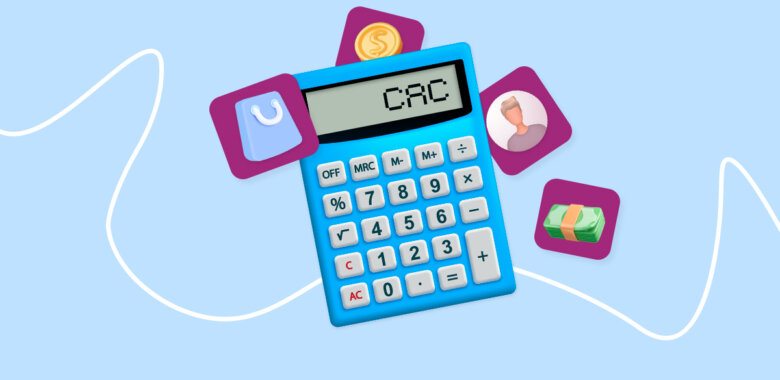Best tips to improve your CAC
If your CAC is higher than you’d like, here are some strategies to improve it.
First of all, examine your marketing campaigns and advertising. They need to clearly show the value of your products or services. If customers can understand the benefit they’ll get from your business right away, they can make the purchase faster.
Investing in customer relationships can help too. Make customer experience a priority and engage with leads offering personal communications. Another strategy is to request referrals. This way your existing customers can bring in the new ones practically for free.
Don’t ignore customer feedback. Ask your customers to leave reviews, send out surveys, or conduct interviews. This way you’ll learn your business’ strengths and weak points and then act on your findings.
Meet leads where they are: maybe your customers expect digital experiences you don’t offer yet. For example, younger people might opt out of a marketing offer if they need to make a call to get it.






